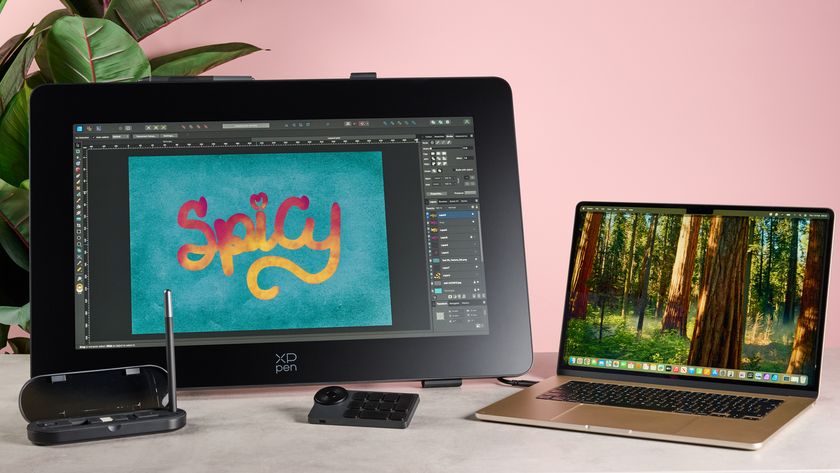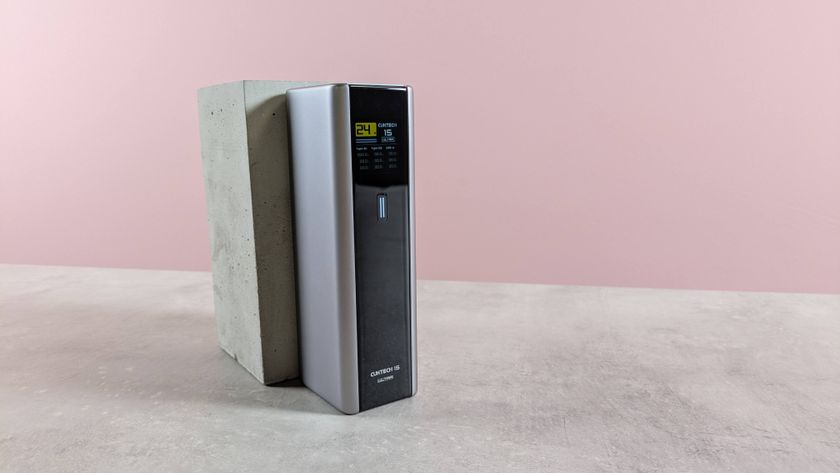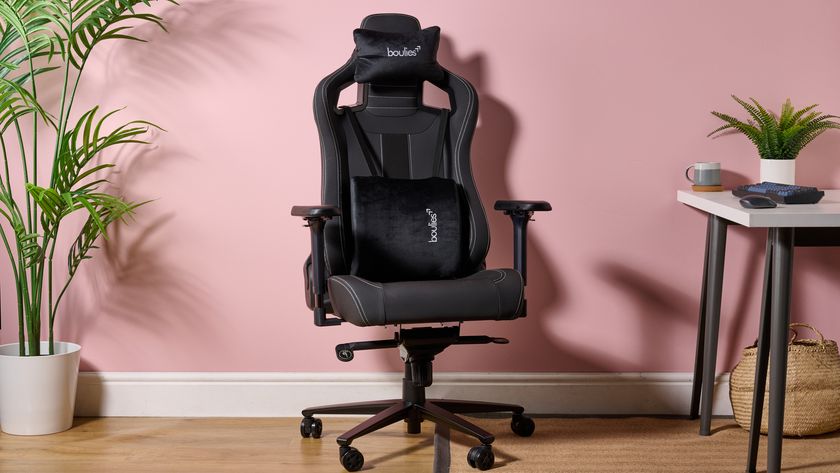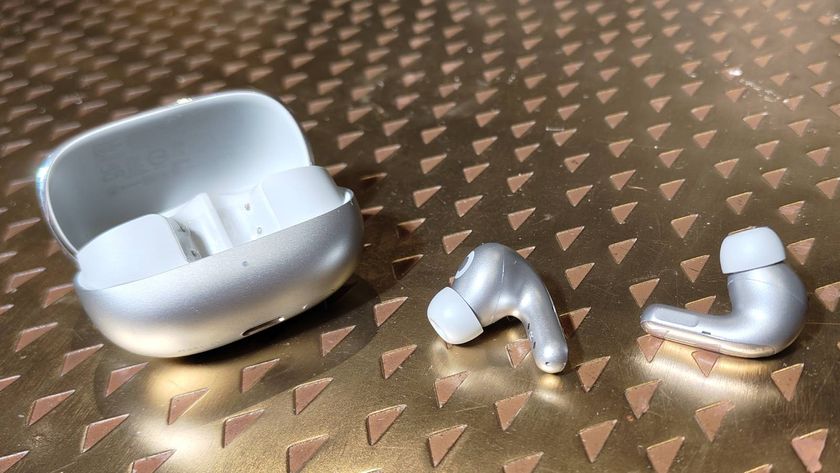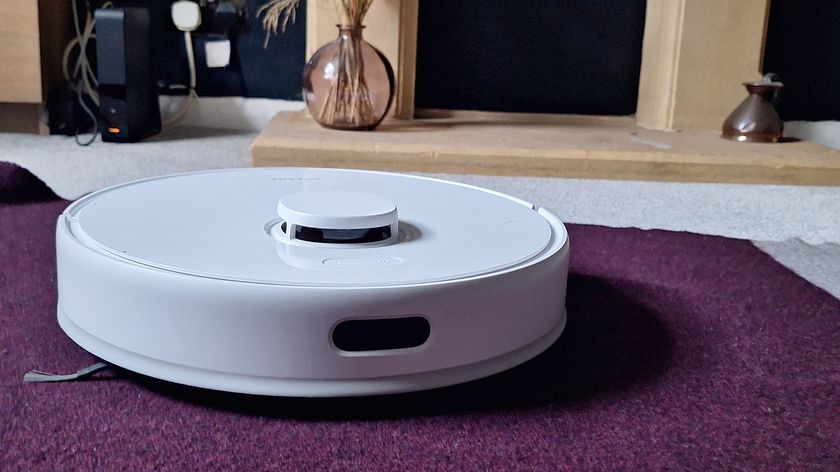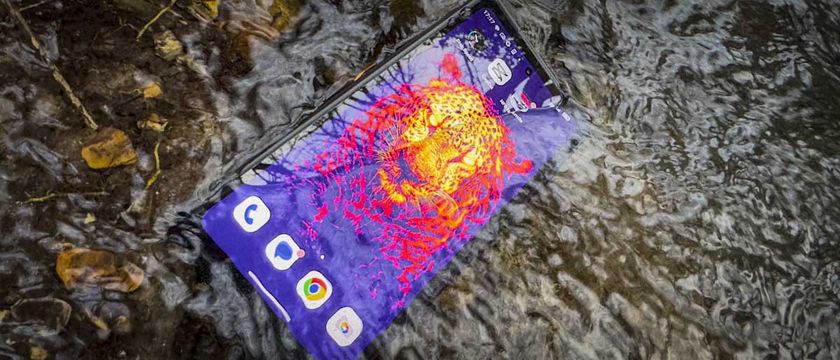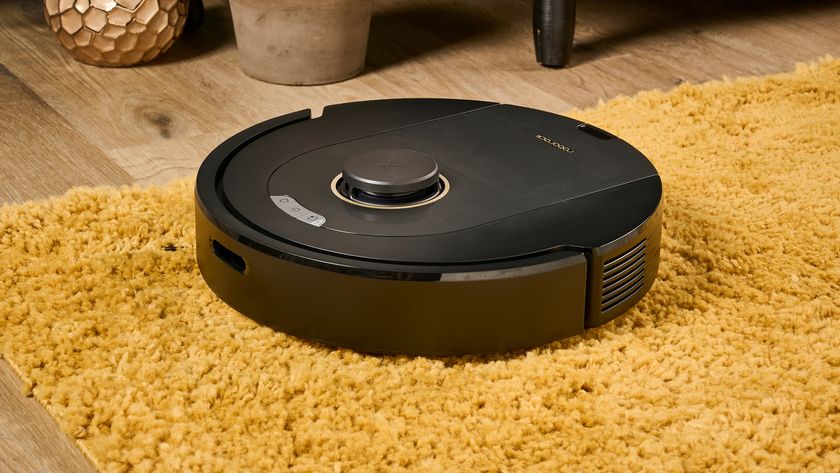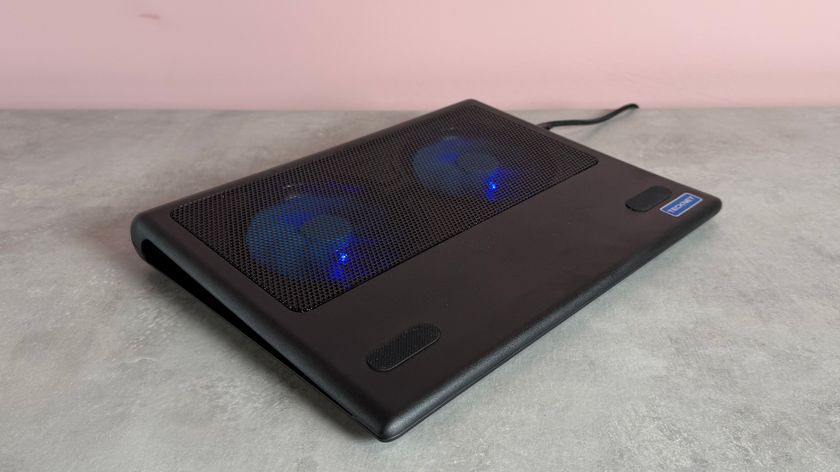TechRadar Verdict
The Microsoft Band 2 is better designed with more functionality than ever, making it one of the fitness trackers to have this year.
Pros
- +
Larger, curved screen
- +
More sensors than before
- +
Smarter design
- +
Longer battery life
Cons
- -
Nearly smartwatch-level pricing
- -
Still not waterproof
- -
Fewer features for Android and iOS
Why you can trust TechRadar
Update: The Microsoft Band 2 has only been out for a handful of months, but it's doing well to hold onto its crown as one of the most fully-featured fitness trackers around.
Microsoft announced at CES 2016 that the Band 2 will soon be able communicate with select Volvo vehicles and the functionality sounds awesome. Right from the Band 2, you'll be able to set the navigation, start the heater, lock the doors, flash the lights, or honk the horn. We're still awaiting further details on when the update will roll out.
Next up, if you'd like to see the matchup between Microsoft Band 2 vs Microsoft Band, we go into deep detail on each and every change made.
Lastly, we compared the fitness capabilities of the Microsoft Band 2 to some of the leading contenders in the smartwatch category, such as the Samsung Gear S2 and Apple Watch.
Looking ahead, the Microsoft's latest wearable could be usurped of its title as the smartest non-smartwatch by the Fitbit Blaze, but we'll have to wait and see.
Read on for our full review of the Microsoft Band 2.
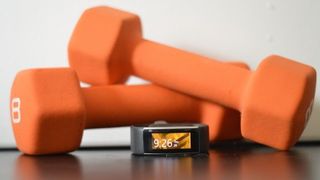
There were a lot of design and comfort issues with the first Microsoft Band that irked many, but the Microsoft Band 2 is cleaner and better form fitting than before.
It's still not the most visually appealing fitness tracker, but it makes up for that by adding yet another sensor – a barometer – to an already sensor-packed device. Microsoft also included a few more apps, and the Band 2 hardware runs better all around.
With a curved screen and new sensor, Microsoft upped the price to $249 (£200, AU$380) versus the relatively lower price of the first one, just $199 (£170, around AU$230).
It's right up there with the Fitbit Surge in terms of price and functionality, except the Band 2 has a bright, colorful touchscreen. There are also Garmin and TomTom devices that could give the Microsoft Band 2 a run for its money in terms of specs, but this is actually the more affordable one compared to the higher-end sports watches.
Aside from the clunky design of the first Microsoft Band and a few annoyances with compatibility, there was little I disliked. I've felt the same using the Band 2, except it's noticeably improved in ways I didn't expect.
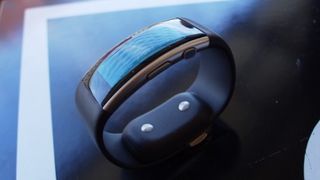
Display
One of the biggest issues many people had with the original Microsoft Band was its stiff and uncomfortable design, which is mostly the fault of the rigid, flat display.
The new Microsoft Band has integrated a curved screen that fits better on the wrist and makes it much easier to see notifications.
The Corning Gorilla Glass 3, AMOLED screen is larger, at 32 x 12.8mm and a 320 x 128 resolution, or 255 pixels per inch (ppi), whereas the older Microsoft Band's TFT display measures 33 x 11mm for a 320 x 106 pixel count, or 247 ppi.
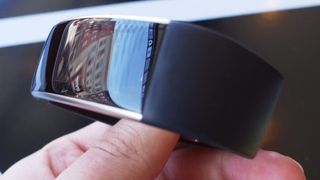
The larger screen doesn't feel like it makes a huge difference, since it's still smaller than your average smartwatch, but when comparing with the older Band, you can definitely tell: the new Band is bigger.
The Band 2 has more noticeable pixelation than the first one. It doesn't necessarily matter, since you're only getting text notifications. But, be warned: it's definitely noticeable.
Other than that, the screen remains bright and vivid, yet it still magically retains battery power – but more on that later.
Cameron is a writer at The Verge, focused on reviews, deals coverage, and news. He wrote for magazines and websites such as The Verge, TechRadar, Practical Photoshop, Polygon, Eater and Al Bawaba.
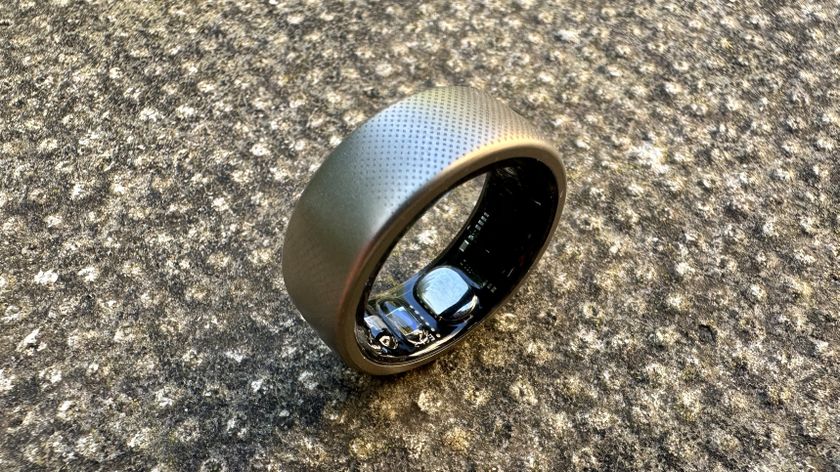
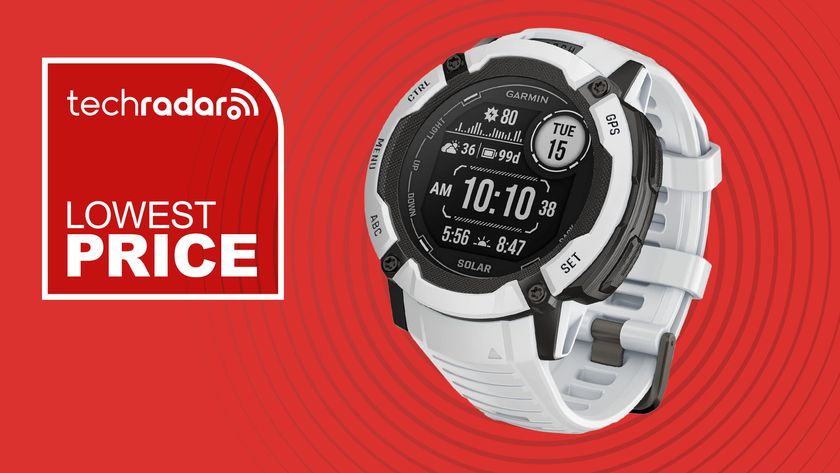
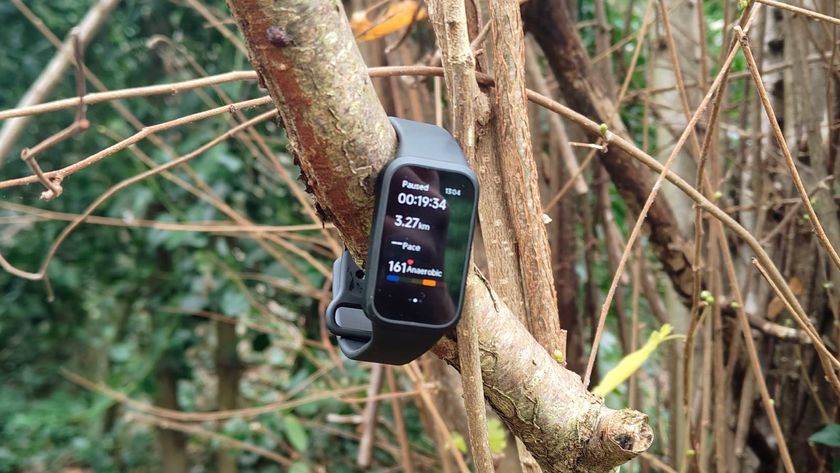
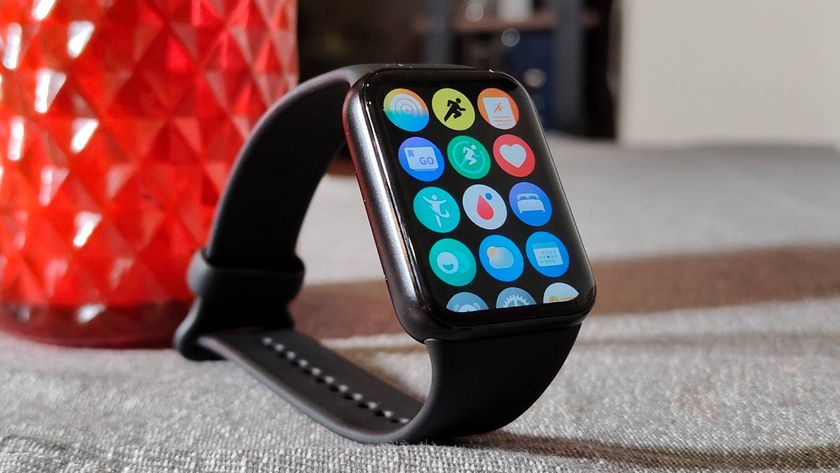
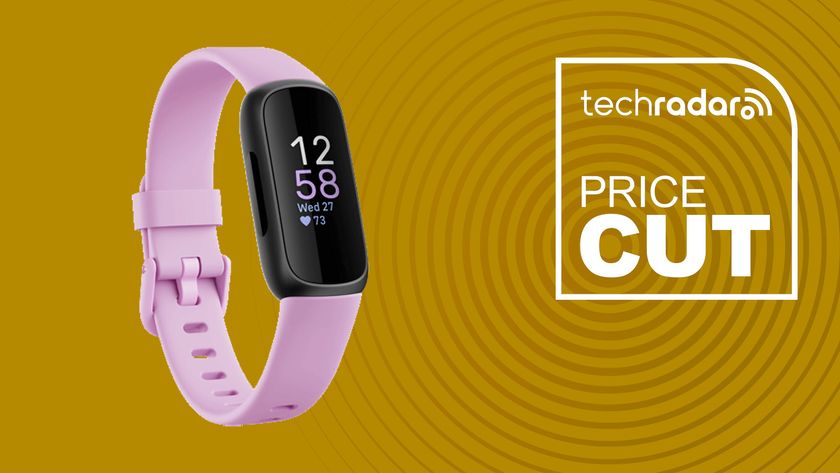
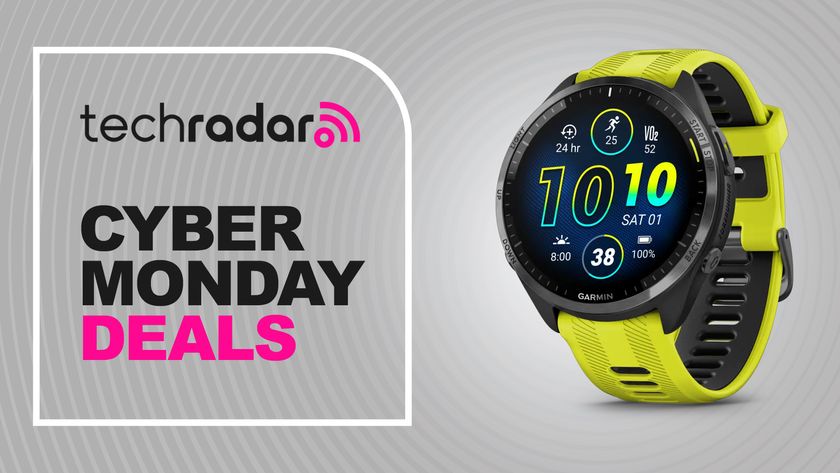

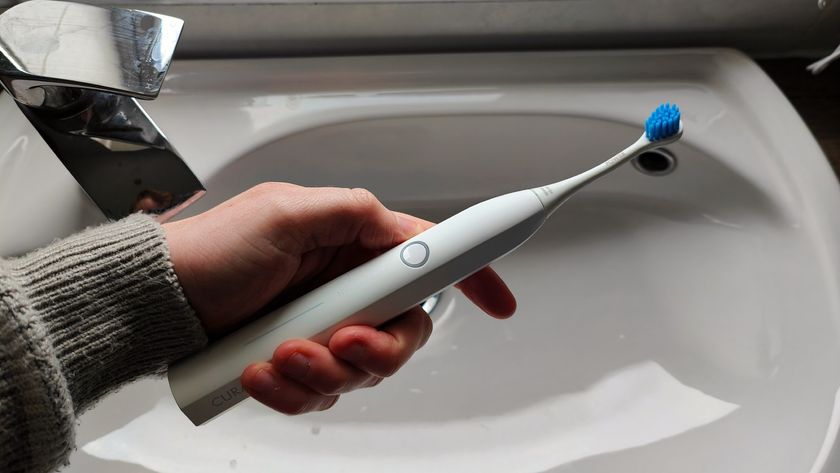
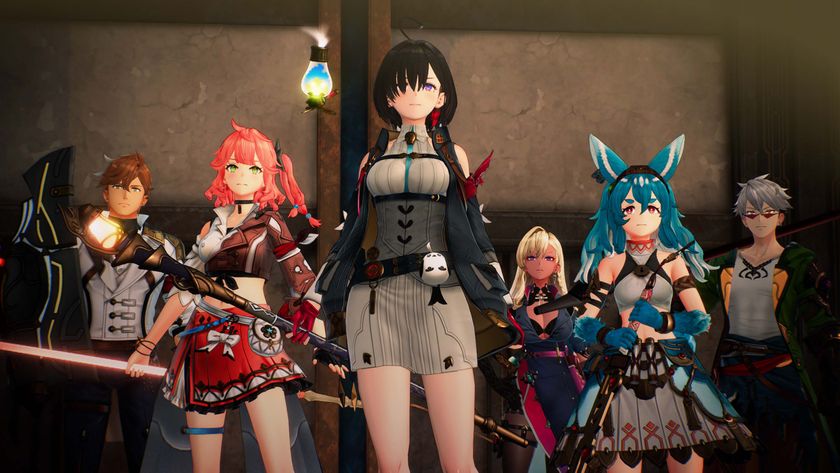

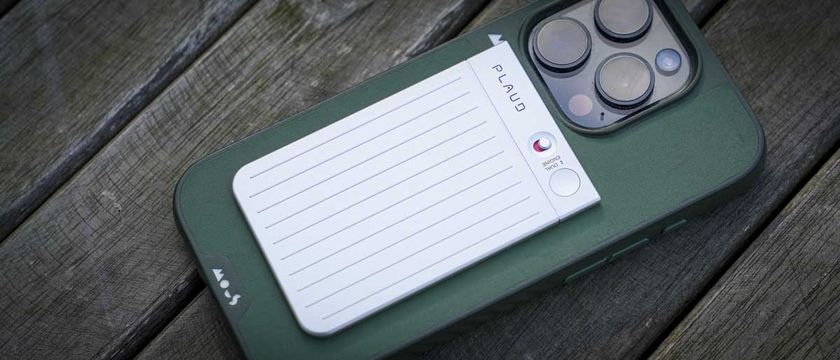


Generative AI has a long way to go as siloed data and abuse of its capacity remain a downside – but it does change the game for security teams
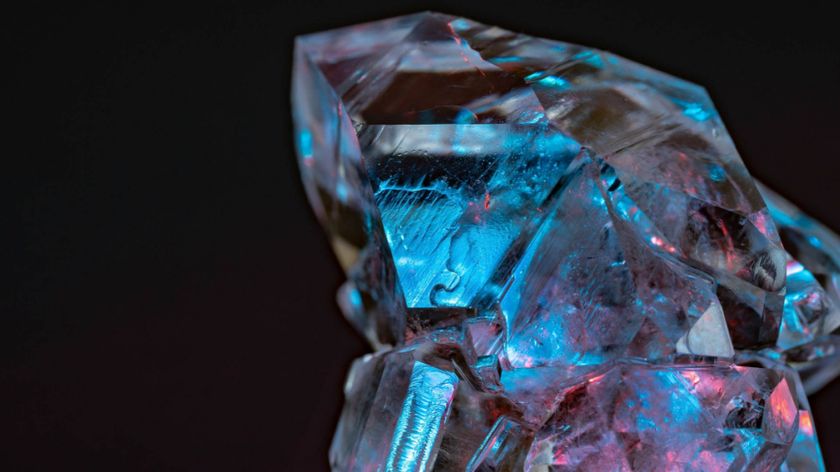
Diamond set to become mainstream coolant for AI GPU servers as world’s best thermal conductor promises 25% better overclocking, and 'double performance per watt'
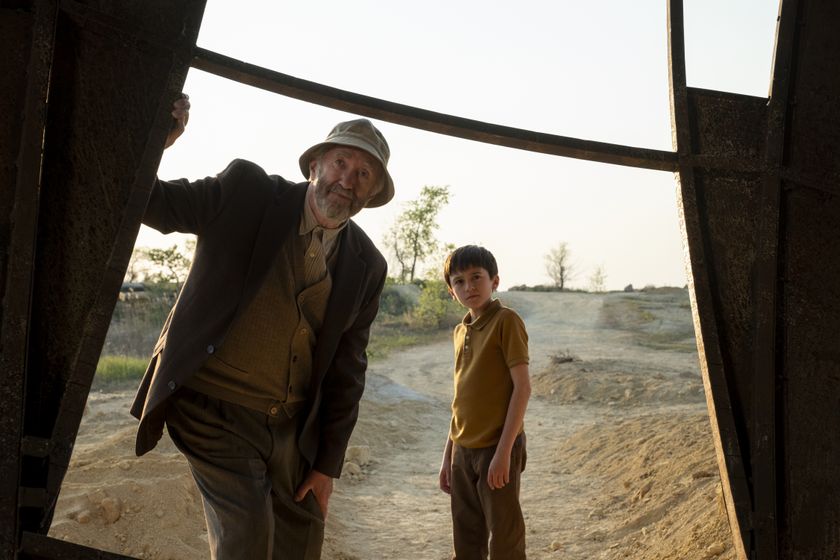
Disappointed by The Electric State? Here's 4 reasons you should watch Tales From the Loop on Prime Video


